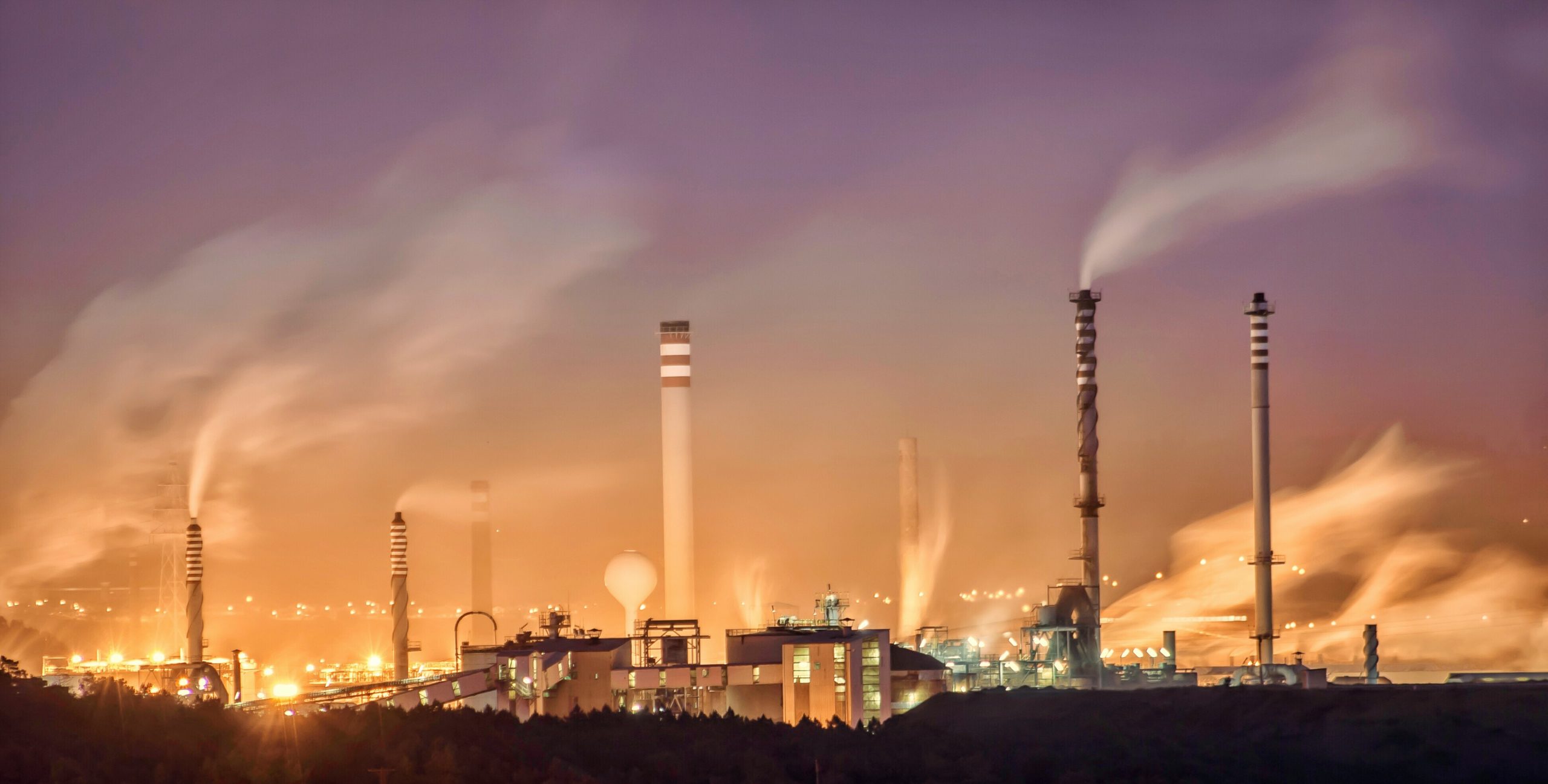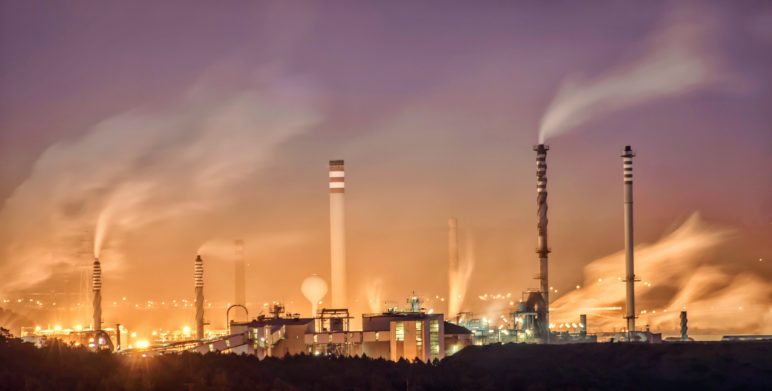It’s past time for a roundup of US legal issues related to climate change. With apologies to Sergio Leone, a look at climate in the courts is organized here as the Good, the Not-So-Good, and the Ugly.
The Good
The Good category includes setbacks for two high-profile oil pipelines, Keystone XL and Dakota Access. The pipelines share a number of key characteristics and have had their political fortunes fall (and rise again) nearly in tandem. Now, both have suffered losses in the courtroom within weeks of one another.
The Keystone XL Pipeline, if completed, would bring hundreds of thousands of barrels of carbon-intensive tar sands oil each day from Alberta, Canada, south to refineries in Illinois and Texas. The pipeline was originally proposed in 2008, but in 2015, after a lengthy, complex permitting history, the Obama Administration rejected the request to build a section across the international border. On the campaign trail, then-presidential candidate Donald Trump repeatedly declared his intention to approve the pipeline, and his administration made that a reality soon after he took office.
The basic outline of the Dakota Access Pipeline’s story is strikingly similar. It was designed to transport hundreds of thousands of barrels of carbon-intensive fracked oil each day from North Dakota’s Bakken shale formation south to refineries in Illinois. After the Standing Rock Sioux Tribe initiated a massive, sustained protest over a portion of the pipeline adjacent to the tribe’s reservation, the Obama Administration rejected the permitting for that segment in late 2016. But once again, the Trump Administration reversed the decision at its first opportunity.
Recently, courts issued two rulings in quick succession that complicate the pipelines’ future prospects. In late March of this year, a DC federal court found that the Corps had failed to comply with the National Environmental Policy Act when it granted permits for the disputed portion of the Dakota Access Pipeline. Although that section was built and is now in use, the court is considering whether to halt the flow of oil while the Corps reconsiders its decision. Weeks later, on April 15, a Montana federal court invalidated a key Clean Water Act permit issued by the Army Corps of Engineers needed to complete the Keystone XL Pipeline.
Neither ruling fully resolves these controversies. The administration’s enthusiasm for seeing the pipelines go forward has been clear ever since two of President Trump’s earliest executive orders urged the relevant agencies to expedite the approvals. The administration will likely appeal these losses, and even without any appeals, the Corps could try to simply paper over the legal flaws and re-issue the permits.
If the courts do ultimately force the Corps to reassess its permitting, the agency will not issue a decision for either project until 2021. And, as we all know by now, elections have consequences.
The Not-So-Good
The Not-So-Good category includes the fate of two climate initiatives from Cascadia’s Washington: the Department of Ecology’s 2016 Clean Air Rule aimed at reducing greenhouse gas emissions and the legislature’s more recent effort to address the danger of oil trains crossing the state by enacting “vapor pressure” limits.
A slightly modified version of a cap and trade program, the Clean Air Rule required major sources of greenhouse gases to either reduce their own emissions each year or purchase “emission reduction units” based on verified reductions occurring elsewhere. The rule covered not only those sources that directly emit into the atmosphere but also “indirect” sources, such as companies importing petroleum for others to then use.
In January, the Washington Supreme Court struck down the portion of the rule regulating the indirect emitters, finding that it exceeded the Department of Ecology’s statutory authority. The indirect sources represented more than 70 percent of the emissions originally covered by the rule, and it remains unclear whether the Department of Ecology will be able to go forward with what’s left.
Washington’s vapor pressure limits are a response to the threat of what are sometimes referred to as “bomb trains”—so named because tanker cars carrying oil have repeatedly derailed, caught fire, and, in some cases, catastrophically exploded, with tragic results. The law requires that oil transported to Washington refineries by rail meet a reduced vapor pressure threshold, the measure of a liquid’s volatility.
North Dakota has been vocal in opposing the new law. Its Bakken crude frequently exceeds the established limit, and the state’s oil industry relies heavily on Washington’s refineries as a market. North Dakota officials first threatened to sue Washington, claiming that the law violates the Dormant Commerce Clause. Instead of pursuing that argument, North Dakota, joined by Montana, took another constitutional tack, arguing to the little known US Pipeline and Hazardous Materials Safety Administration (PHMSA) that the state law is “preempted” by federal law.
Under the US Constitution, federal law—along with treaties and the Constitution itself—is considered the “supreme law of the land.” In this case, the federal Hazardous Material Transportation Act spells out not only that state laws cannot present an “obstacle” to its purposes and goals but also that any non-federal requirements must be “substantively the same” as the federal requirements. Earlier this month, PHMSA found that the vapor pressure law failed on both counts.
Why then should these two results be considered “Not-So-Good” rather than simply “Bad”?
The vapor pressure legislation may yet survive. PHMSA cannot directly invalidate Washington’s law; the agency is just essentially offering its opinion on the matter. Washington can still challenge PHMSA’s conclusion in court or a judge may review its validity were a refinery to use the finding as a defense against enforcement.
In any case, the law has a relatively modest reach, applying only to new refineries and refineries that increase their output by 10 percent in a calendar year compared to a 2018 baseline. Although one of Washington’s five refineries evidently triggered the law based on 2019 numbers, it seems unlikely that any more will do so in the near future, given the impact of the global economic downturn on oil markets.
And the Clean Air Rule, while a step in the right direction, was also undoubtedly not up to the scale of the task ahead. The legislature has since enacted a suitably ambitious green energy law, and Governor Jay Inslee is still pursuing his climate agenda, both in the legislature and using his authority with the Department of Ecology.
The Ugly
Finally—and only briefly—the Ugly. The Trump Administration continues roll back critically needed climate policies, eliminating the Obama Administration’s fuel economy standards for cars; dismantling its innovative program to decrease the amount of coal in our energy supply; and weakening limits on methane leaks from the oil and gas sector.
We may see more reversals in the coming months, as President Trump seems intent on exploiting the current crisis to further his anti-environmental agenda. All this reaffirms, if there was any doubt, that the administration’s love affair with the fossil fuel industry remains firmly in place.
Yet even here there is a silver lining: the Trump Administration’s success rate when defending its policies in court is by some measures a dismal 6 percent. Climate advocates should keep in mind that the fight is never over—whether in the courtroom, at the polls, or in the streets—and that is certainly true at this pivotal moment in history.









